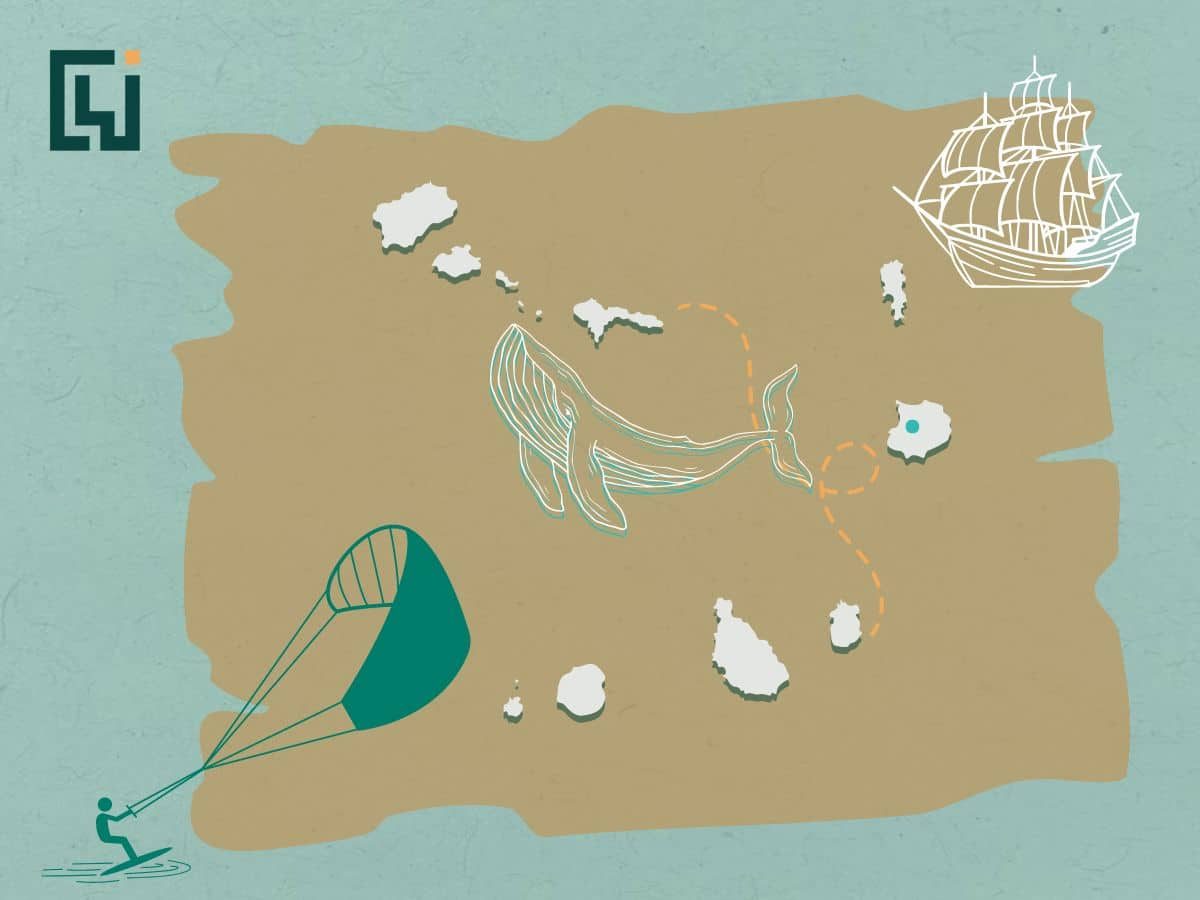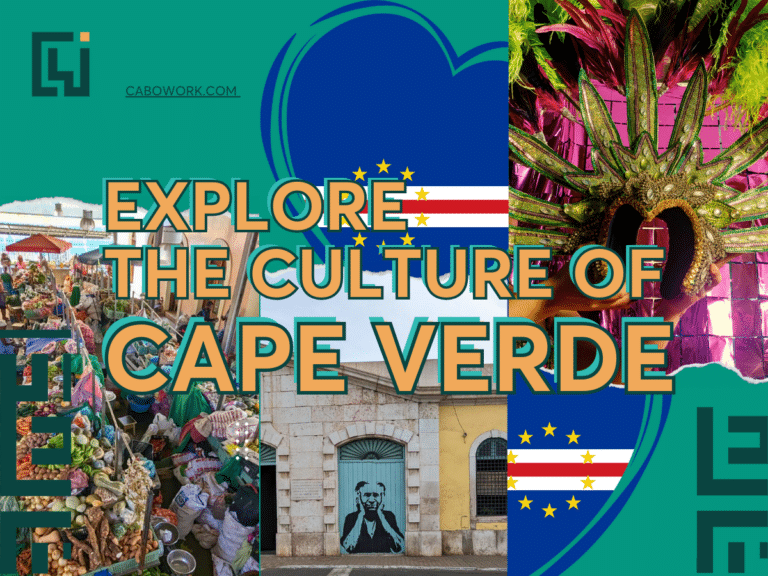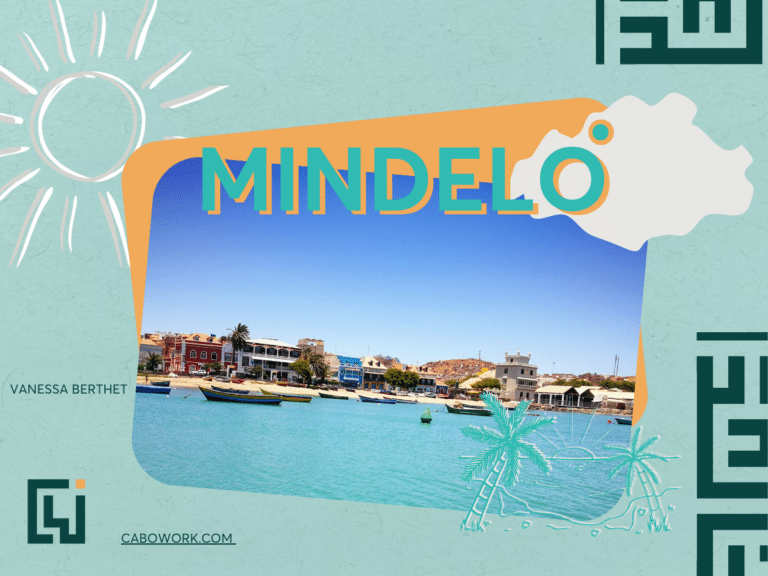The Cape Verde Secret: A Brave New World for Digital Nomads
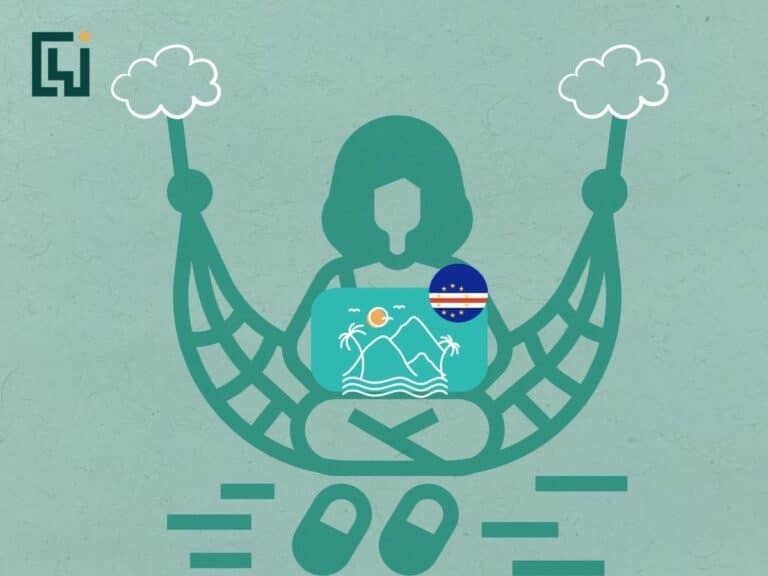
Introducing the Cape Verde Islands:
Approximately 400 miles off the west coast of Arica lies the beautiful archipelago of Cape Verde. Each one of its ten islands offers a unique experience, with the geography and environment changing from island to island.
As an introduction to the fantastic islands, let’s take a look at some of the most popular islands, as well as the lesser well-known ones, and see what they have to offer.
Sal Island: A Popular Destination for Tourists and Remote Workers
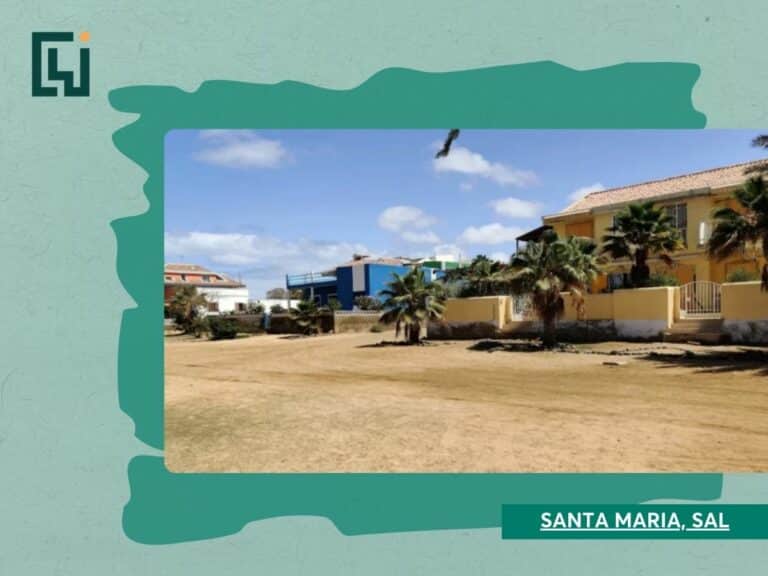
The island of Sal is a popular destination for tourists from around the world, with resorts, fantastic local food, and access to beautiful beaches bordering the Atlantic ocean. The most popular town is Praia de Santa Maria (Santa Maria), where you’ll find shops, restaurants, and more to explore.
Sal was once the centre of Cape Verde’s salt industry up until the 1990s – you can still see these mines to this day!
For remote workers, Sal offers high internet speeds coupled with a host of activities to try. From windsurfing to diving, there’s a lot on offer here. You’ll also find that Sal is a great entry point into island hopping, something very achievable thanks to interisland travel.
Santa Maria is also home to Ocean Cafe, a café and restaurant that can be used as a coworking space during the day.
Santiago Island: A Mix of Local and City Vibes
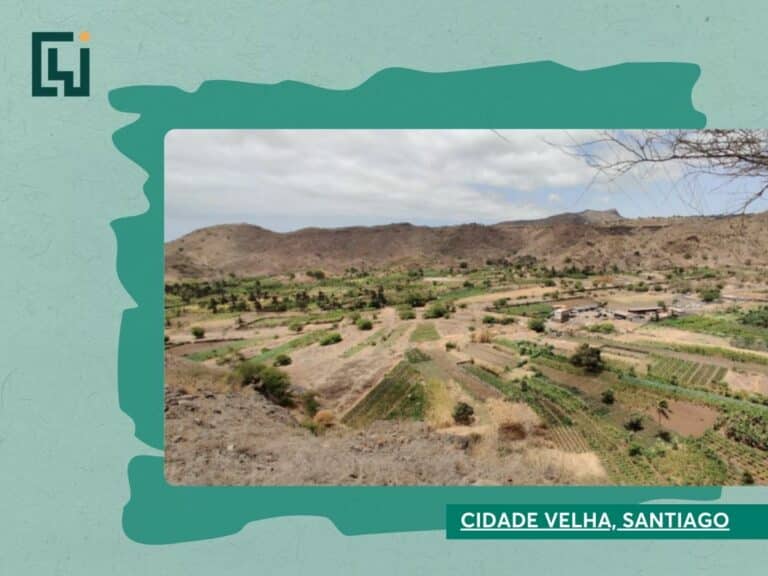
Where Sal is a relatively flat island, Santiago could not be more different. Sloping mountains dominate the geography of Santiago, home to the country’s capital, Praia.
What’s more, the country undergoes a complete makeover when the rains eventually come, transforming the mountains into a delightfully green landscape.
Praia
If you’re looking for a city environment with all of the amenities that come with city living, you’ll enjoy a stay in Praia. With a rich history and plenty to explore, you can spend time at local markets, or explore the museums found within the city.
Tarrafal
Want to go a bit further afield? Located in the northern part of the island, the city of Tarrafal is a hotspot popular with Cape Verdeans and offers fantastic hiking routes. You’ll find an authentic local feel here.
During the daytime, you’ll find locals taking out their fishing boats from the beach, as people sunbathe or sip tasty drinks from the local beach bar. Tarrafal beach is not a sprawling vista, however there’s plenty of space to enjoy when you visit.
As the evening arrives, you’ll hear the locals taking their evening exercise classes in the street (you’re welcome to join too!). At the weekend there’s also live music played at many of the bars, often the traditional Cape Verdean genre, ‘morna’.
Boa Vista Island: Home to Cape Verde's Desert
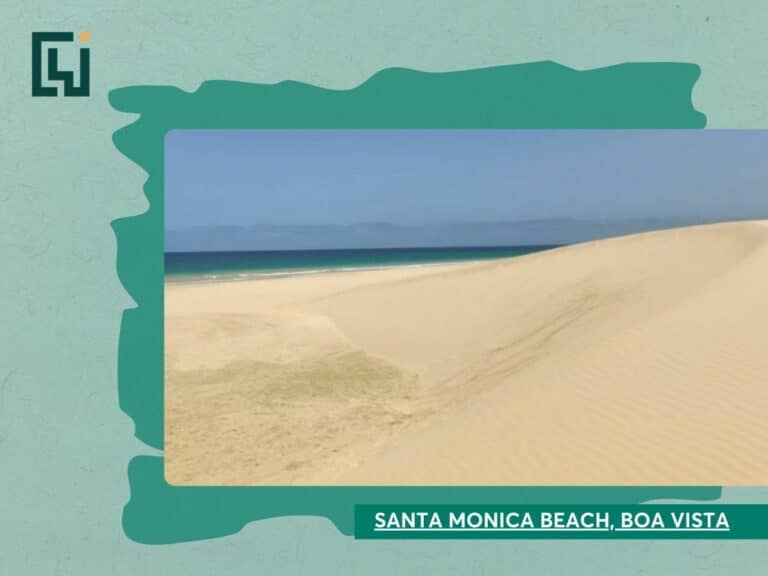
Cape Verde’s beaches are truly breathtaking, however none may be more so than those found on Boa Vista island. A true paradise that embodies the spirit of Cabo Verde, Boa Vista (meaning ‘good view’) in Portuguese, certainly lives up to its name and more.
One of the most laid-back islands of the Cape Verde archipelago, when you are not spending time on the white sand beaches, there are many different types of activities available, including turtle spotting in the summer months as well as quadbiking through the sand dunes.
Explore the mysteries of the Boa Vista desert, blown across from the Sahara for over 20,000 years, or visit the strange shipwreck marooned off the coast.
When you’re feeling hungry, restaurants such as Sodade Casa de Cultura offer fantastic local food.
São Vicente Island: The Cultural Hub of Cape Verde
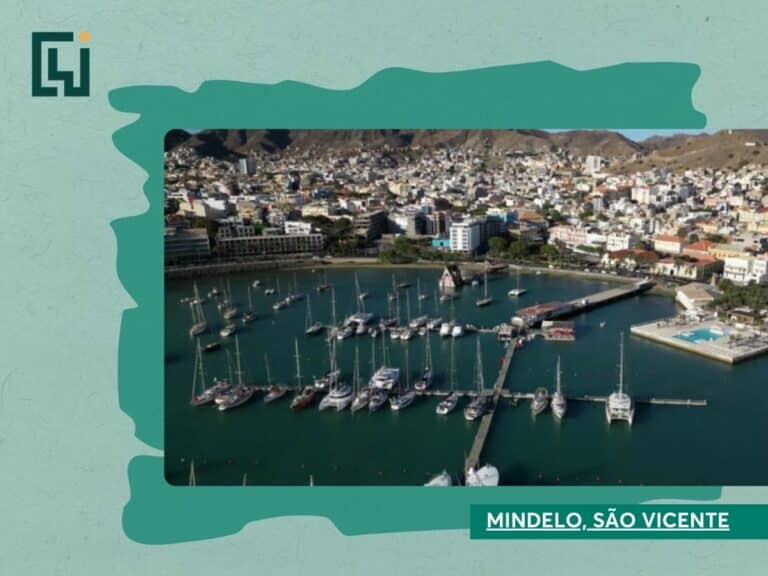
While Sal and Boa Vista are among some of the more popular islands for international tourists to visit, São Vicente is a mountainous island that is home to Mindelo, the cultural hub of Cabo Verde. 92.6% of the island’s population make this port city their home.
Every year, Cabo Verde’s largest carnival takes place on the island, which has its roots in Portuguese tradition as well as Brazilian.
São Vicente also has other hidden gems to explore, such as the little fishing village of Calhau, a 30-minute drive away from Mindelo. You’ll want to check out this village on a Sunday, where the excellent local restaurants offer live Cape Verdean music and a generous traditional buffet.
Santo Antão Island: A Hiker's Paradise
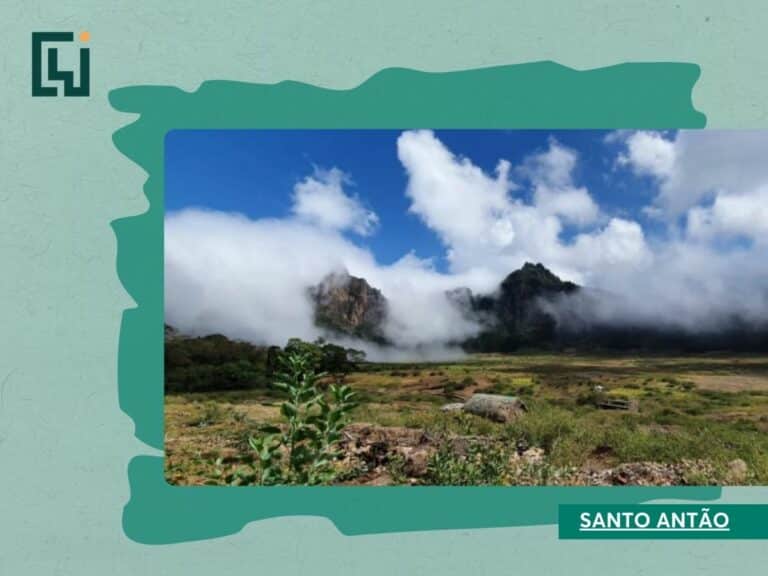
The westernmost island of the Cabo Verdean archipelago, Santo Antão is a hiker’s paradise with geography similar to that of São Vicente and Santiago.
Lush greenery dominates the landscape, and you’re sure to get a fantastic picture or two for Instagram when you visit.
Take a tour around the island or have an adventure scuba diving in the crystal-clear water. If you’re willing to go a little further afield, Santo Antão has plenty to offer.
What Secrets Will You Uncover?
In our list, we have included a few of the most well-known as well as some of the lesser-known islands of Cape Verde. However, this is not an exhaustive list – each island in Cabo Verde has its own distinct ambience and areas to explore. We encourage you to get out there and explore the beautiful archipelago as you continue your digital nomad journey.
But magical experiences aren’t all that Cape Verde has to offer, for the government has also introduced a remote working program designed to make it easier than ever for digital nomads to explore the islands while continuing their work.
The Remote Working Program
With the goal of attracting digital nomads and remote workers to the sunny shores of the Cape Verde islands, the remote working program is the government’s answer to a long-term digital nomad visa.
The visa offers a 6 months residence permit with the opportunity to extend that for up to a year. Low income requirements and low fees mark this visa as a fantastic opportunity that not many digital nomads know about.
